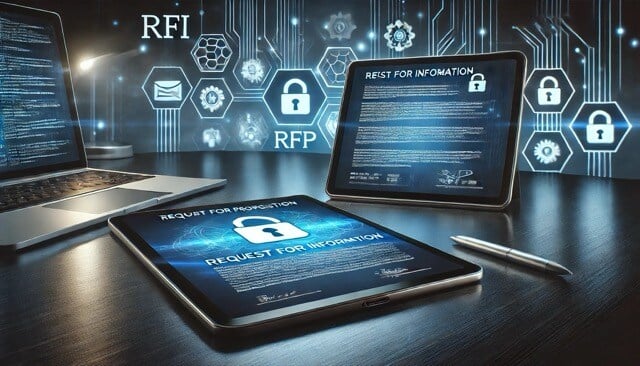Cyber risk quantification is a crucial aspect of modern risk management, providing organizations with valuable insights into the potential impact of cyber threats and security gaps. It involves evaluating and measuring the likelihood and impact of a potential data breach, allowing organizations to prioritize their cybersecurity efforts and allocate resources more effectively.
Cyber risk quantification is also the unsung hero of connecting CISOs and the Board of Directors. From NIST 800-30 to the Factor Analysis of Information Risk (FAIR) risk model, your cyber risk quantification tool will help security practitioners translate loss exposure and loss frequency into financial terms - effectively communicating in terms of business side leaders.
This blog post will discuss cyber risk quantification's several uses and benefits.
Benefits of Cyber Risk Quantification
One of the key benefits of cyber risk quantification is the ability to prioritize risk management efforts. By quantifying cybersecurity risks, organizations can determine which risks pose the greatest threat to their operations and allocate resources accordingly. This allows organizations to focus on the areas that matter most, reducing the risk of cyber-attacks and minimizing their impact.
The Security team can develop a risk appetite statement by understanding what risks exist, their associated impact, and what areas need the most attention. A risk appetite statement defines the potential risk an organization is willing to accept to achieve business success. Like risk tolerance, risk appetite helps further understand how to manage risk - not only what should be mitigated but also how the company can absorb risks to take the organization further.
Another advantage of cyber risk quantification is making informed decisions about cybersecurity investments. Organizations often need more resources and must prioritize their investments to maximize their impact. By quantifying cyber risks, organizations can determine the areas that require the most attention and allocate resources accordingly. The Executive Dashboard supports this granularity by drilling down unit by unit to compare the highest-performing unit to the lowest-performing unit. This leads to more effective use of resources and improved overall cybersecurity.
Cyber risk quantification also helps organizations to improve their incident response times. In a cyber attack, the speed at which an organization responds is critical for minimizing the damage and reducing the risk of data loss. By quantifying the impact of a potential cyber attack, organizations can determine the resources they need to respond effectively and prepare accordingly.
Overall, cyber risk quantification promotes cyber awareness throughout an organization. Security teams can universally convey the criticality throughout an organization by assigning a dollar value to cyber risks. Cyber awareness is essential for every unit within an organization, as malicious actors can manipulate several entry points and vulnerabilities. An organization with a robust cyber-forward culture is set up for success and equipped to acclimate to a changing cyber landscape.
Actively Communicate with Board Leaders
Cyber risk quantification is a valuable tool for modern organizations. Whether you use FAIR, NIST 800-30, or a custom approach, it provides organizations with a clear understanding of the potential impact of cyber threats and helps them prioritize their risk management efforts. By quantifying cyber risks, organizations can make informed decisions about cybersecurity investments, improve their incident response times, ensure regulatory compliance, and build a culture of cybersecurity. As the threat of cyber attacks continues to grow, cyber risk quantification is essential for organizations looking to protect themselves and their stakeholders from the consequences of a weak cyber posture.
The CyberStrong platform offers three methods of cyber risk quantification: FAIR, NIST-800-30, and CyberInsight. Contact us to learn how CyberStrong can support your quantification and cyber risk assessment processes.





.png)
.png)
.png)
%201.png)
.png)




